We discuss the impact of a Customer Data Platform (CDP) on fundraisers and non-profit organizations and how they benefit from the platform technology.
In the fashion industry it’s a well-known statement: “One day you’re in and the next day you’re out”. Surprisingly enough this also fits the charity sector, because the non-profit world is constantly evolving and donors don’t easily commit themselves to your brand for the long term.
In achieving donor goals and leaving a tangible impact, technology plays an indispensable role. It’s no coincidence that platform technology such as a Customer Data Platform (CDP) has already been used for years by a diversity of charities. In this article, we’ll tell you about how they benefit from this and discuss the impact of a Customer Data Platform on fundraisers and non-profit organizations.
The power of technology in the charity sector
Over the years, charities learned that effective fundraising depends on the ability to swiftly respond to changing circumstances. Much like fluctuating fashion trends, the attention and preferences of donors tend to change fast. Technologies like a Customer Data Platform help to stay on top of them.
In short, a Customer Data Platform collects all donor data and provides insight into the behavior and preferences of donors. With this unique donor view, charities personalize all their donor communication and adjust their messages to individual recipients. This way, they structurally increase donor engagement and build sustainable relations.
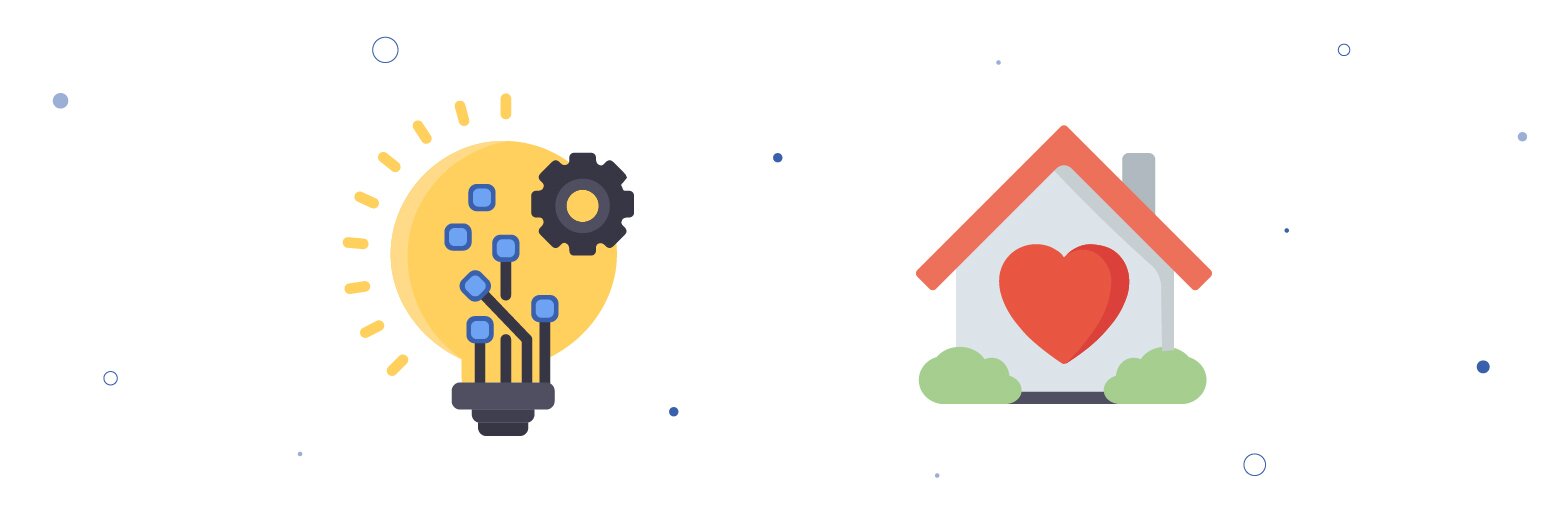
Target group segmentation and personalized communication
An important core feature of a Customer Data Platform is target group segmentation; donors that show resemblance merged into one customer group. This is more essential than you might think because there are huge differences between donor groups and how they wish to contribute. Understanding the diversity of a donor file and creating communication strategies for each donor group remain points for attention.
With a Customer Data Platform, charities segment their complete donor file based on, among other things, (gift) behavior, interests, engagement, and interactions. It allows them to engage in more relevant communication with their donors in a way that fits them. Ultimately, it boosts their involvement and has a positive impact on the response.
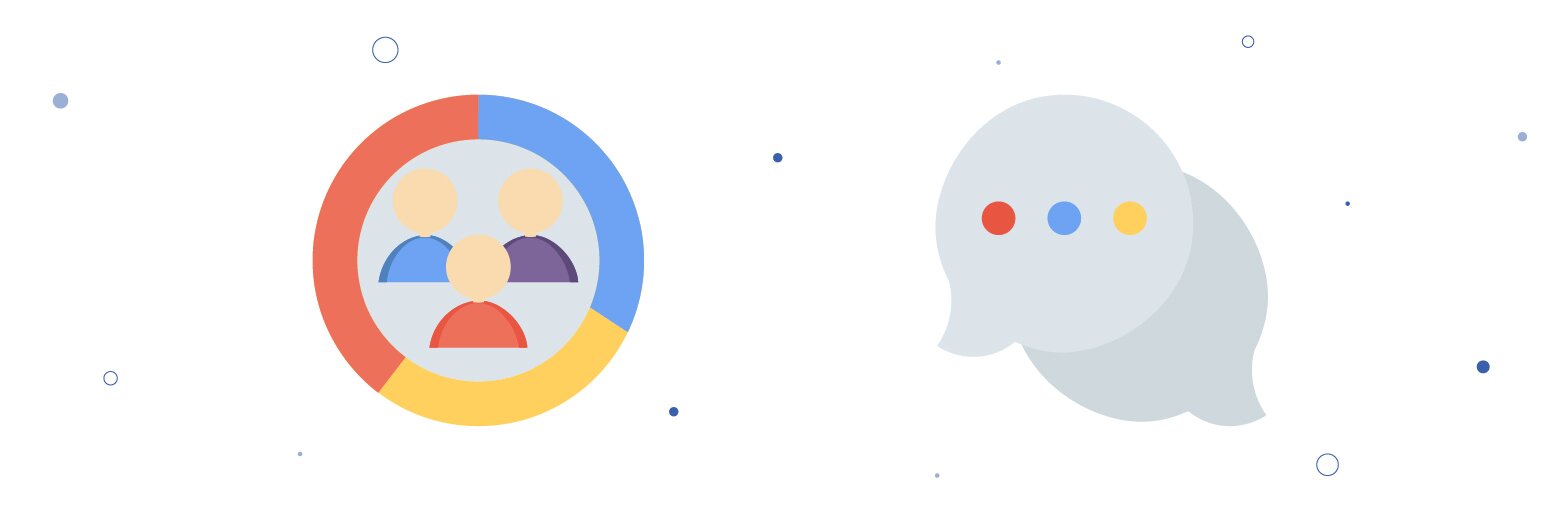
Improved donor retention and sustainable long-term relations
In the land of fashion, timeless items return every season, but for charities long-term donor relations are no standard phenomena. They all face the challenge of donor retention and search for ways to deal with this. Because for them it equally counts that retaining existing donors is more economical than acquiring new ones.
A Customer Data Platform helps to understand the lifecycle of donors. It gives an insight into the complete donor relation, from the first interaction to engagement. This enables non-profit organizations to comprehend the expectations of donors, including behavioral patterns and communication preferences. With this knowledge, charities develop strategies that match each phase of the donor journey and gear their communication towards them. This way, they send well-timed and relevant messages while reducing the risk of ‘donor fatigue’.
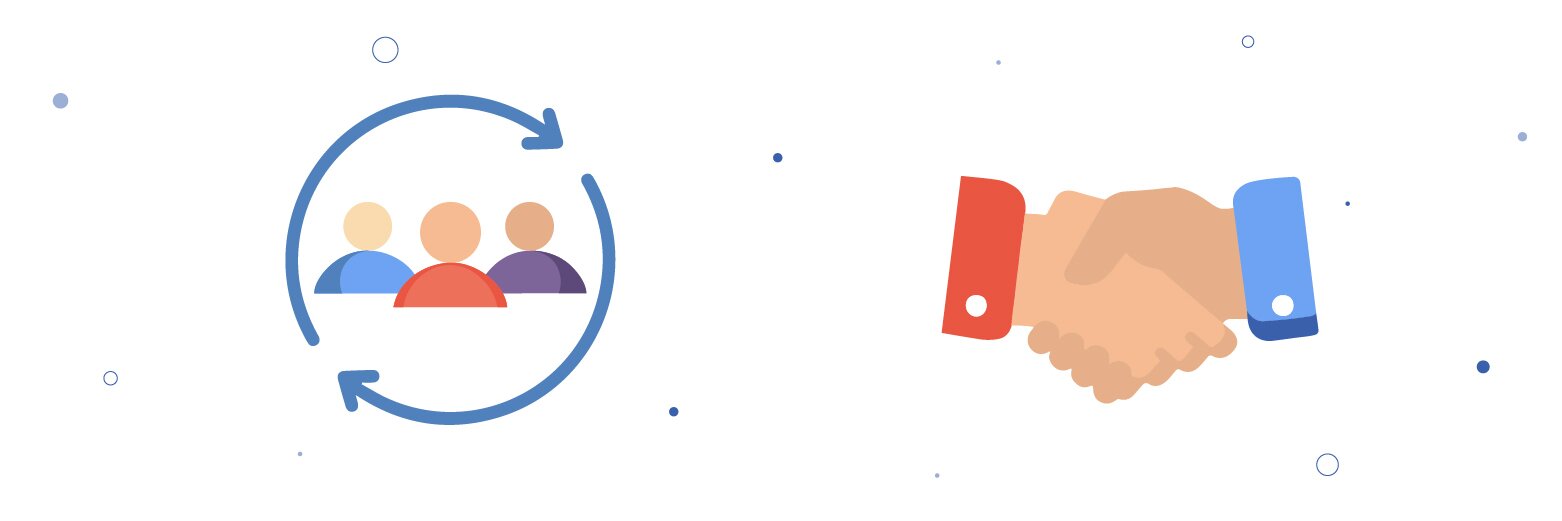
Data-driven decision-making
Charities increasingly embrace the idea that data determines their path to success. Instead of trusting intuition, they understand that factual information leads to better choices. Especially in the allocation of resources and determining the course of action.
Discovering, reporting, or even extensively analyzing trends: a Customer Data Platform provides data-driven insights for various decisions. From improving the general fundraising and measuring the campaign results to real-time analyses and reaching new target groups. With a CDP, charities respond quicker to changes, work more goal-oriented, and build on donor loyalty.
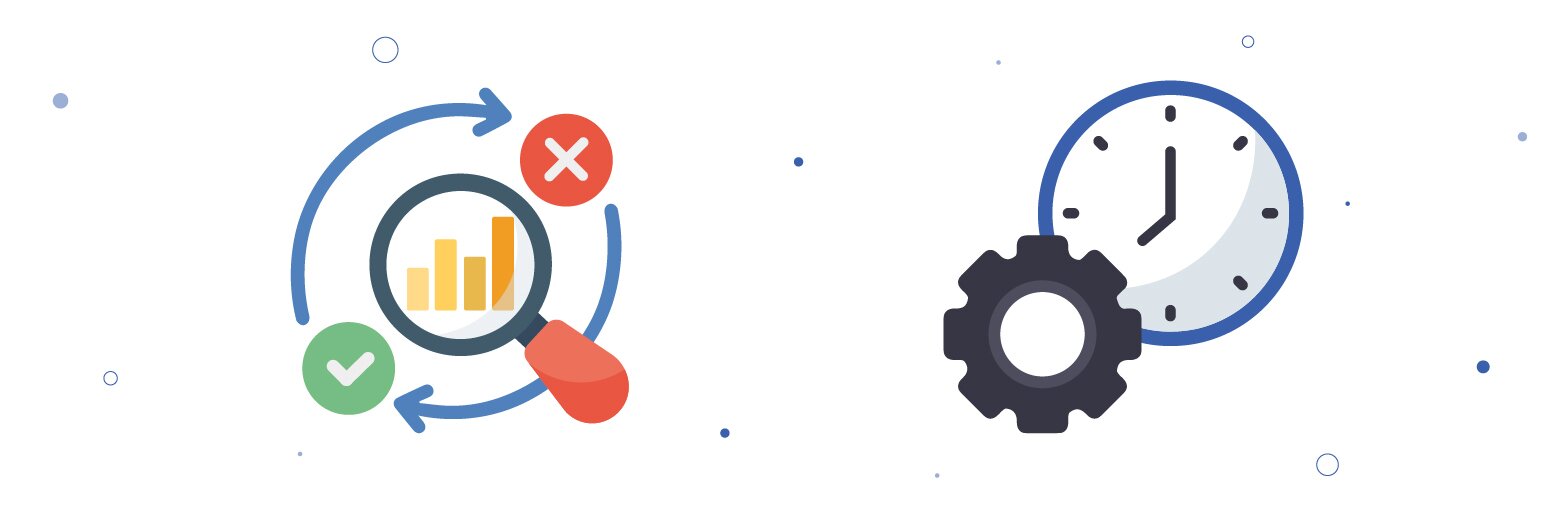
Working (more) efficiently
A great outfit doesn’t just look beautiful but is also functional and preferably sustainable. For the charity sector, this idea translates into streamlined, efficient processes and initiatives that focus on the future.
A Customer Data Platform makes organizations more goal-oriented. Here are some examples:
Since the platform technology simplifies tasks, charities are better able to concentrate on their core missions.
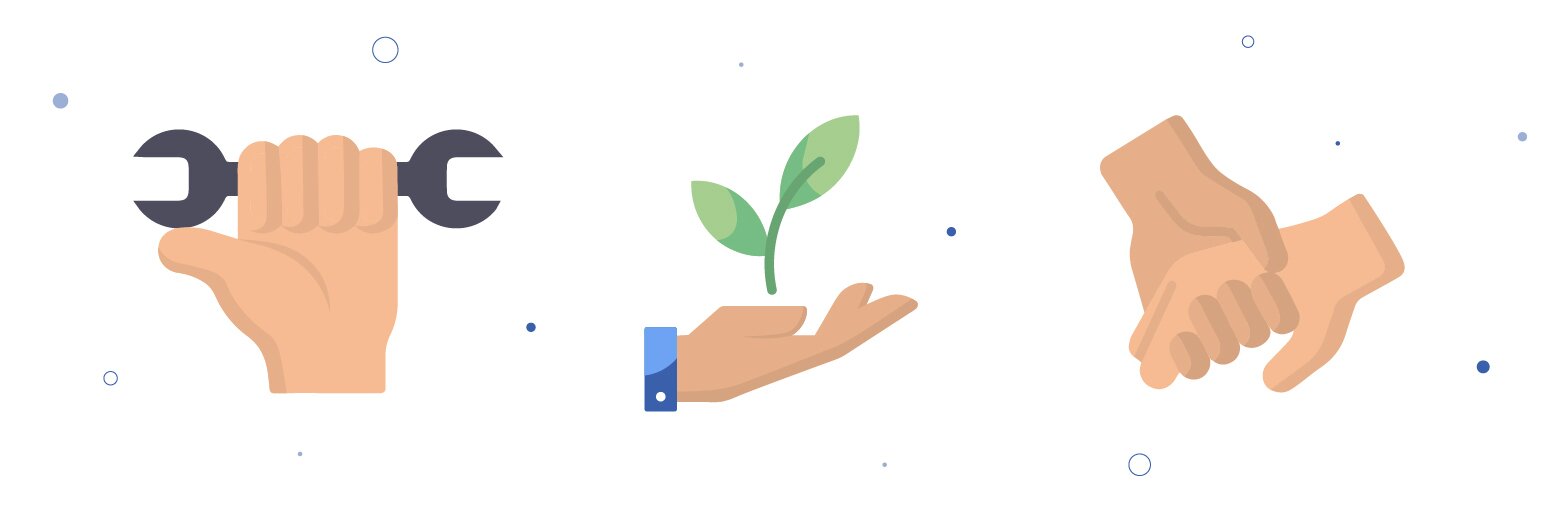
Summing up the strength of a Customer Data Platform
For charities, technologies like a Customer Data Platform are fundamental to creating both an internal and external impact. It offers loads of advantages, including a better understanding of donors, personalized communication, and stronger donor relations. It simplifies the design and execution of automated processes and improves existing workflows. Ultimately, the platform technology promotes a more efficient way of working and makes sure that organizations can concentrate on their core goals.
With our data platform technology we are going above and beyond: you organize thousands of (marketing) actions, create analyses, complete missing information and control and monitor all customer data. And these are merely examples.
Discover how we make your organization data-driven and what you achieve with the unique customer view. Tell us more about yourself and we'll contact you soon.
The Invenna platforms are suited for small and large companies. For marketing, analytics, compliance and IT. And for diverse industries such as autmotive and charity.
Because of the numerous options and organization's individual needs and wishes, we'd like to show you what you can do and achieve with our platforms. Leave your details and we'll contact you to schedule a (digital) demo. Free and without strings attached.
Whether you're already working with or are interested in our data platform: we believe it's important that all your sources and channels are connectable.
Is your application missing from the list? Let us know and we'll contact you soon.
In the brochure you read what the Invenna Customer Data Platform offers you and the benefits of working with a unique customer view. And to get you started, we also share a few use cases.
Leave your details and we'll send you the brochure via email.
Whether you’re looking to improve your operational processes or gain a quicker response to marketing and sales activities: the Customer Data Platform helps to achieve goals.
Get in touch with us and we’ll tell you more about merging all your customer data into a unique customer view. And equally important: what you achieve with the platform.
In the brochure you read what the Invenna Customer Data Platform offers you and the benefits of working with a unique customer view. And to get you started, we also share a few use cases.
Leave your details and we'll send you the brochure via email.
The possibilities of the Invenna Customer Data Platform B2C are limitless. Because of organization's individual needs and wishes, we'd like to show you our platform and its features so you get an idea of how it helps to achieve your goals.
Leave your details and we'll contact you to schedule a (digital) demo. Free and without strings attached.
In the brochure you read what the Invenna Customer Data Platform offers you and the benefits of working with a unique customer view. And to get you started, we also share a few use cases.
Leave your details and we'll send you the brochure via email.
Whether you’re looking to improve your operational processes or gain a quicker response to marketing and sales activities: the Customer Data Platform for B2B helps to achieve goals.
Get in touch with us and we’ll tell you more about merging all your customer data into the unique customer view and how you can benefit from the platform.
In the brochure you read what the Invenna Customer Data Platform offers you and the benefits of working with a unique customer view. And to get you started, we also share a few use cases.
Leave your details and we'll send you the brochure via email.
The possibilities of the Invenna Customer Data Platform B2B are limitless. Because of organization's individual needs and wishes, we'd like to show you our platform and its features so you get an idea of how it helps to achieve your goals.
Leave your details and we'll contact you to schedule a (digital) demo. Free and without strings attached.
In the brochure you read what the Invenna KYC platform offers you and the benefits of working with a unique and complete customer view. And for inspiration, we also share extra content.
Leave your details and we'll send you the brochure via email.
Whether you’re looking to improve your operational processes or respond more swiftly to potential risks: the KYC platform helps to achieve goals.
Get in touch with us and we’ll tell you more about merging all your customer and transaction data into the unique customer view.
The possibilities of the Invenna KYC platform are limitless. Because of organization's individual needs and wishes, we'd like to show you our platform and its features so you get an idea of how it helps to achieve your goals.
Leave your details and we'll contact you to schedule a (digital) demo. Free and without strings attached.
In the brochure you read what the Invenna KYC platform offers you and the benefits of working with a unique and complete customer view. And for inspiration, we also share extra content.
Leave your details and we'll send you the brochure via email.
We work with and for over 75 of The Netherlands’s finest brands every day. From Mediahuis and Nissan to the Tax and Customs Administration and Dutch police. So we've grown considerably, but still don't shy away from any customer data challenge.
Would you like to know more about is? Or are you wondering how we make your organization more data-driven? Tell us more about yourself and we'll contact you soon.
With our data platform technology we are going above and beyond: you organize thousands of (marketing) actions, create analyses, complete missing information and control and monitor all customer data. And these are merely examples.
Discover how we make your organization data-driven and what you achieve with the unique customer view. Tell us more about yourself and we'll contact you soon.